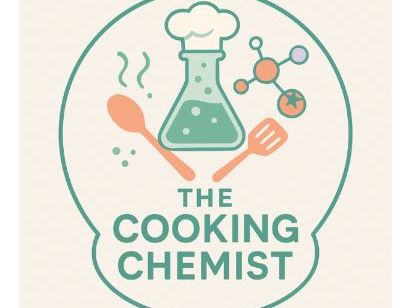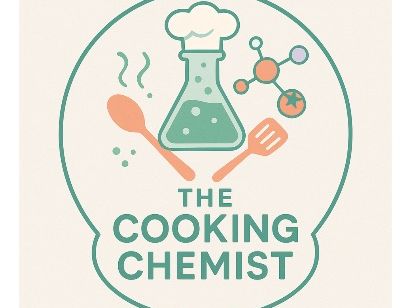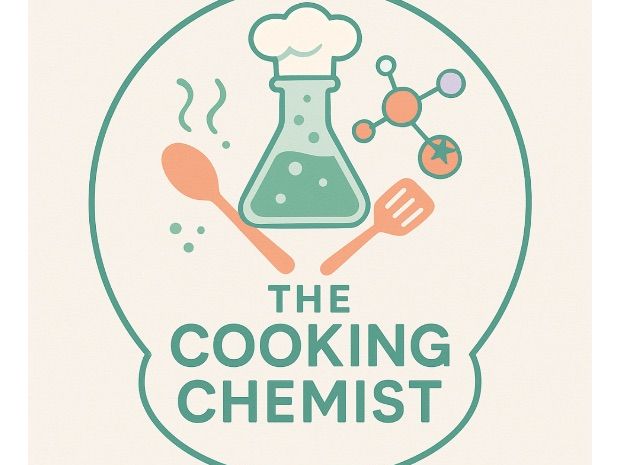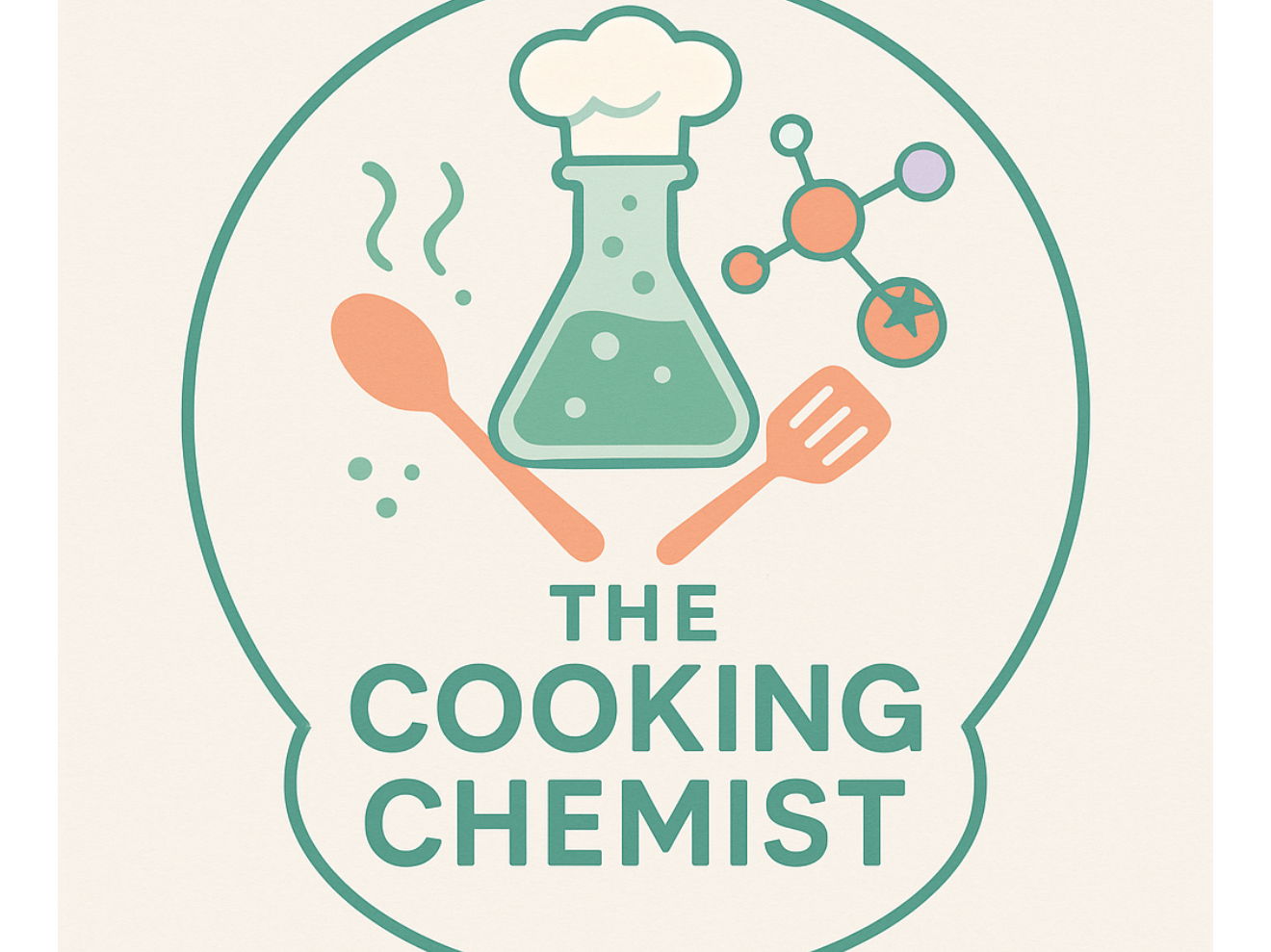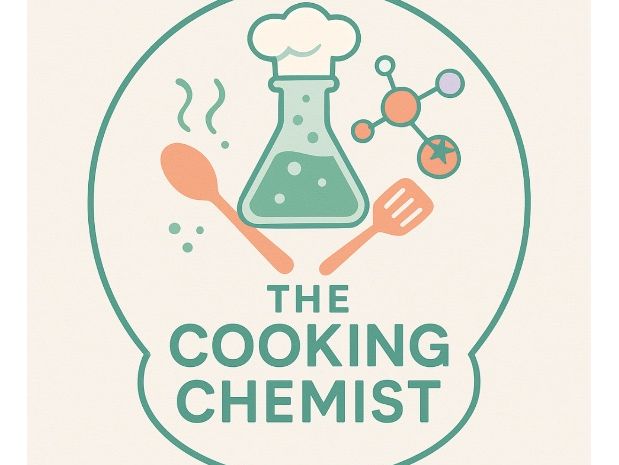Rainy_violet's Shop (The Cooking Chemist)
After a PhD in Medicinal Chemistry and some time in industry; I finally found my calling as a secondary school teacher in Chemistry. Enjoy! Please review the resources you buy in order for me to improve my teaching and my lessons


